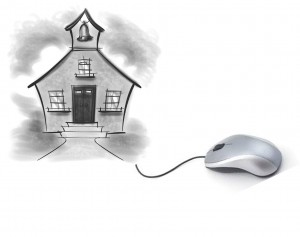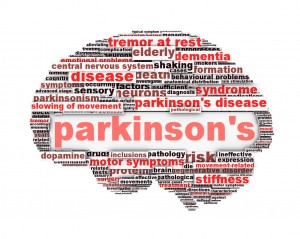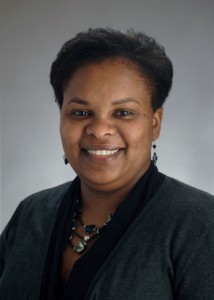 [/caption]
[/caption]
Our distinguished faculty member, Chris Perme has been named the recipient of the APTA Acute Care Section Lecture Award!! Chris will be presenting the Fifth Acute Care Section Lecture at CSM 2015 in Indianapolis, Indiana next year.
The Lecture Award’s purpose is to acknowledge and honor a member of the Acute Care Section-APTA for excellence and leadership in acute care physical therapy and for distinguished contributions to the section; to provide the recipient with an opportunity to share his/her achievements and ideas with Section membership through a lecture presented at the annual Combined Sections Meeting; and to provide a touchstone for the profession in assessing the role and value of acute care physical therapy.
Considerations for this award include:
- Effect on the shape, scope, and quality of acute care physical therapy practice
- Quality and quantity of contributions to the Acute Care Section
- Quality and quantity of contributions to the Association
- General esteem in which the nominee is held by peers, as judged by favorable comments in the letters of support and sources of the comments
- Ability to present a noteworthy lecture; acknowledged skills in the organization and presentation of written and/or oral communications, as documented in the letters of support and the nominee’s curriculum vitae
Chris was previously awarded the Mary Sinnott Award for Clinical Excellence in Acute Care
Chris’s Course:
ICU and Acute Care Update: Focus on Early Mobility
We would love to hear your comments if you have previously attended, or your questions if you are planning to attend this highly acclaimed course
]]>


 [/caption]
[/caption]